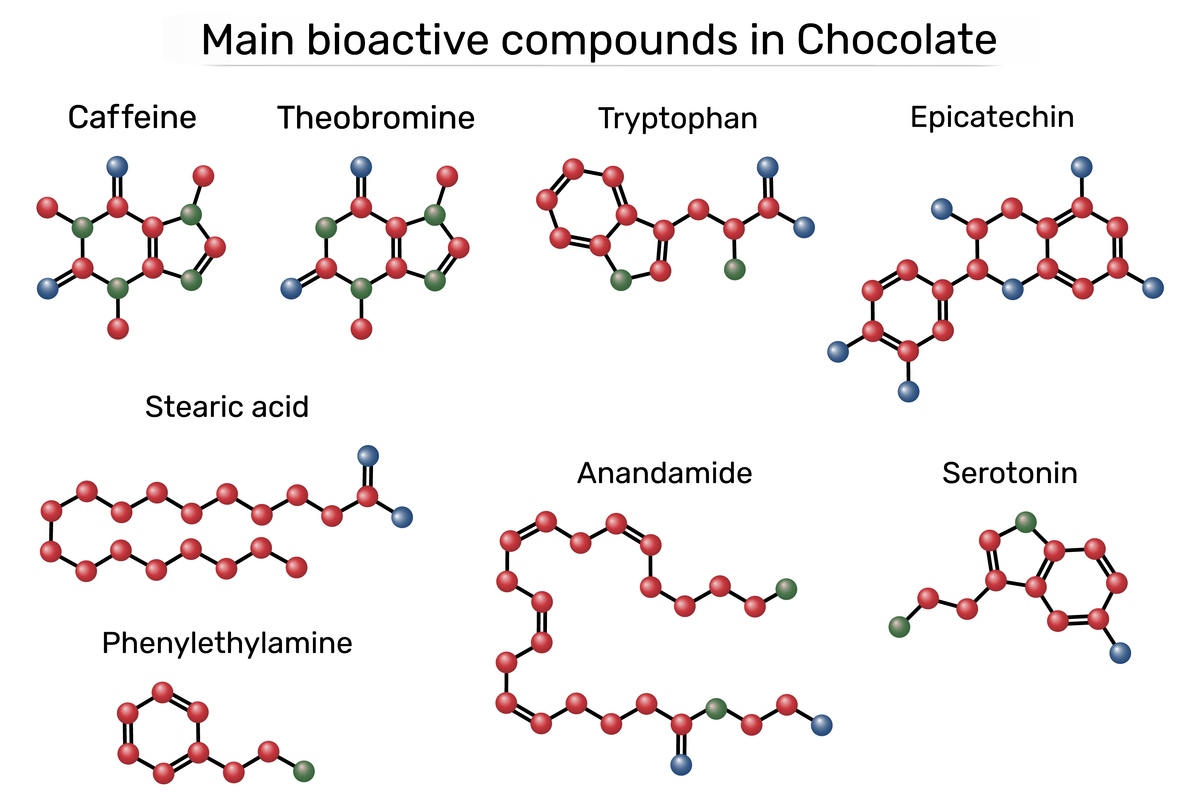Atomically Engineered Iron Active Center for Selective H2O2 Decomposition: A New Avenue for Efficient Anti-Tumor Therapy
Dear Professor Jos Lenders,
I am pleased to submit the enclosed manuscript entitled 'Atomically engineering chlorine coordination of iron active center for selectively catalytic H2O2 decomposition towards efficient anti-tumor specific therapy' for consideration of publication in 'Advanced Materials'. We have carefully reviewed the manuscript and believe it meets the criteria for publication in your esteemed journal. We confirm that there is no conflict of interest associated with this submission and all authors have approved the manuscript for publication. Furthermore, we would like to declare that this work represents original research that has not been previously published and is not under consideration for publication elsewhere, either in whole or in part.
The unique microenvironment of tumors, characterized by acidic conditions and relatively high H2O2 concentrations compared to normal tissues, presents an opportunity for targeted anti-tumor therapy through the intervention of endogenous H2O2 using nanozymes. However, achieving effective and specific therapy remains a challenge due to the limitations of H2O2 trace concentrations and the self-protective antioxidative stress homeostasis mediated by glutathione peroxidase 4 (GPX4) in tumor cells. Additionally, the relationship between the nanozyme structure and the selective decomposition of H2O2 into hydroxyl radicals (•OH) has yet to be fully understood, hampering the development of this therapeutic approach.
In this manuscript, we present the synthesis of a novel iron single-atom nanozyme (Fe-N2Cl2-C SAzyme) with a well-defined active center, achieved through the atomically precise coordination of Fe with Cl atoms based on the construction of Fe species characteristic molecules. Fe-N2Cl2-C SAzyme exhibits exceptional peroxidase-like performance, particularly a catalytic efficiency (Kcat/Km) for H2O2 as high as 3.03×106 mM-1s-1, which is the highest reported among SAzymes to the best of our knowledge and 2295-fold higher than that of natural horseradish peroxidase. Importantly, we have discovered that the decomposition of H2O2 to produce •OH radicals is highly selective on the Fe-N2Cl2-C surface, facilitated by the d orbitals of the Fe in the active center matching with the O-2p electrons of two adsorbed hydroxide (*OH) intermediates. Our orbital matching theory reveals that the activity-to-reaction pathway depends on the structure of the active center of the nanozymes, rather than the strength of *OH as suggested by existing classical theories such as d-band center theory and eg orbital occupancy. Fe-N2Cl2-C SAzyme exhibits strong cytotoxicity in vitro against a variety of cancer cells while demonstrating minimal toxicity towards normal cells. Furthermore, when used as a nanomedicine for malignant solid tumor suppression in vivo, Fe-N2Cl2-C SAzyme displays a promising specific therapeutic effect, efficiently destroying solid malignant tumors without harming normal tissues. These findings underscore the selective catalytic decomposition of H2O2 to •OH through atomic-level engineering of the active center, paving the way for the development of specific nanomedicine for efficient anti-tumor therapy.
The methodology presented in this manuscript, based on the construction of Fe species characteristic molecules, offers a novel approach for the precise construction of active centers in carbon nanomaterials. Our insights into the structure-activity relationship between the active center and the selective catalytic decomposition of H2O2 into •OH have significant implications for understanding the origin of activity in nanomaterials for H2O2-based oxidation reactions. Additionally, our proposed anti-tumor specific therapy, which focuses on interfering with endogenous H2O2 in tumors, presents a new avenue for the development of nanomaterials for efficient tumor suppression.
Given the relevance of our research to the field of cancer therapy, which falls within the scope of your journal, we believe that our findings and ideas will be of great interest to the broad readership of Advanced Materials.
Thank you for considering our manuscript for publication.
Yours sincerely,
Prof. Jiaqiang Wang School of Chemical Sciences and Technology, School of Materials and Energy Yunnan University, Kunming 650091, PR China E-mail address: [Your email address]

原文地址: http://www.cveoy.top/t/topic/U3L 著作权归作者所有。请勿转载和采集!